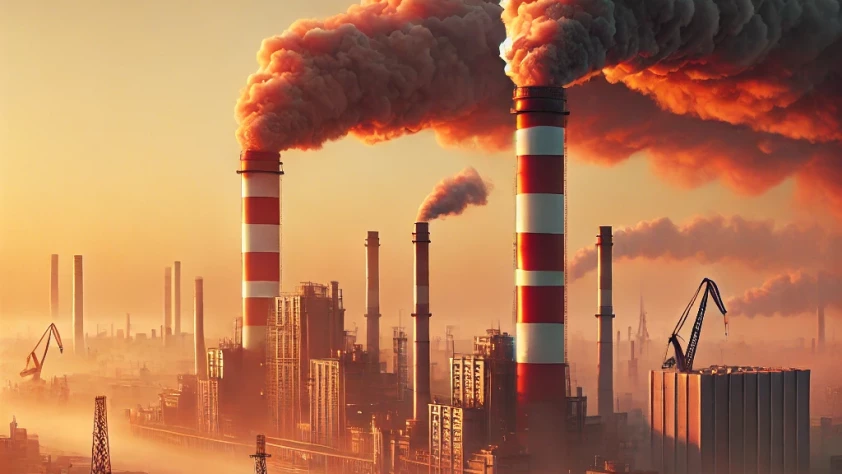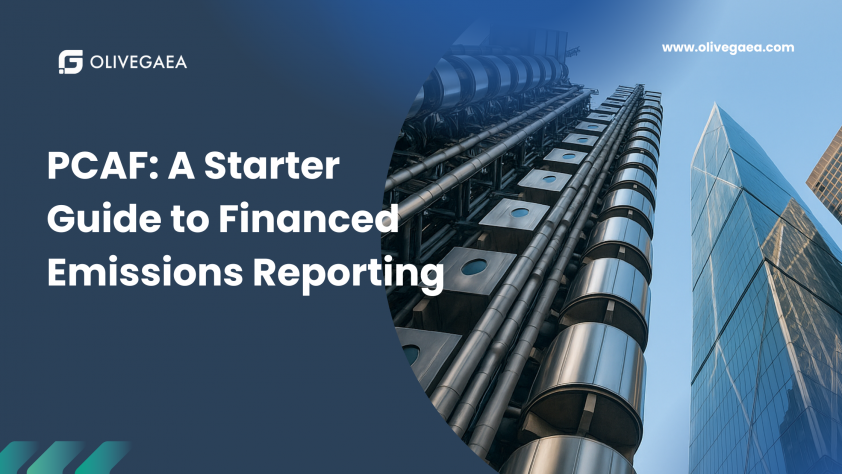Earth Day is the perfect opportunity to put a huge spotlight on the theme of sustainability, energizing and mobilizing over 1 billion people around the world. It is also an opportunity to assess where we are 51 years after the birth of the modern environmental movement and plan our next steps.
As the world battles to recover from the Covid-19 health crisis and the harsh downturn it brought to our economies, green investments and sustainable development are finally at the forefront of many governments and businesses’ agendas.
Earlier this month, New Zealand became the first country to introduce a law that will require banks, insurers, and investment managers to report the impacts of climate change on their businesses. Europe is pushing ahead with its Green Deal and China is committing to become carbon neutral by 2060. All the while, in the U.S., President Joe Biden declared the United States will rejoin the Paris Climate Agreement.
Here in the UAE, the government has recently reaffirmed its goal to become a global leader in the green economy and address climate change, launching a number of prominent strategic initiatives spanning from the National Agenda 2021 to the Energy Strategy 2050 and the Dubai 2040 Master plan.
The corporate world is also taking significant steps toward greater responsibility, accountability, and more sustainable operations. Just a few days ago, more than 300 businesses have called on President Biden to nearly double the United States’ targets to reduce planet-warming emissions below 2005 levels by 2030. Moreover, last January, BlackRock, the largest asset manager in the world, requested the companies in which it holds shares to explain how they plan to achieve net-zero emissions by 2050.
As consumers call for more sustainable business practices, it is now clear that decarbonization is no longer an option. But how do we meet the Paris Agreement targets? How do we ensure that what seems a mission impossible – mitigating climate change – is actually achieved?
Science tells us that if we want to mitigate climate change, we must limit global warming to 1.5 degrees Celsius above pre-industrial levels. This means that we must necessarily cut carbon emissions by 50 percent, the equivalent of 23 gigatons of CO2, by 2030. As the population, and with its consumers and new markets grow, this is a massive task.
However, failure is not an option: meeting the targets set by the Paris Agreements is the only chance we have to preserve this planet, and with it, our very own future.
Today, we might not have a single easy-fix to solve the issue of climate change, but we know that decarbonizing at scale is finally possible: we do have, in fact, a number of different tools and strategies that all together can help us achieve that crucial target.
The cost for renewable energy projects and low-carbon technologies has fallen sharply over the past decade. Innovative carbon capture, use, and storage technologies are also emerging rapidly, while the Fourth Industrial Revolution technologies are proving extremely supportive to sustainable growth.
If de-carbonization via new technologies in some instances can be a capital-intensive endeavor, some natural climate solutions like reforestation are actually low-cost investments. The positive news is that they are also very effective at removing CO2 from the atmosphere.
It is estimated that conservation, restoration, and land management could well contribute to achieving one-third of the Paris Agreement decarbonization targets. According to research, in fact, reforestation avoided deforestation, and soil sequestration could remove up to 7 gigatons of CO2 from the atmosphere per year by 2030.
Natural climate solution projects can also boost economic growth and resiliency not only providing environmental benefits, including increased water quality and biodiversity but also pouring fresh funds to support sustainable development, especially where it is needed the most – the Global South.
According to a paper by the World Economic Forum and McKinsey, there can be no climate mitigation without investing in nature: “climate action requires both the reduction of emissions and the removal of carbon dioxide already in the atmosphere.” Natural climate solutions can help with both, and they can help to start today.
This is why at Olive Gaea we’re all about bringing reforestation and natural climate solution projects to the fingertips of individuals and businesses alike.
Our goal is to make carbon offsetting easy, convenient, and affordable, helping everyone, anywhere, anytime to build a resilient climate future. We do so by calculating our customers’ carbon footprint following the United Nations’ methodology and then offsetting it via natural climate solution projects that are verified by trusted parties such as Verra and Plan Vivo.
More and more companies are leveraging carbon credits generated by natural climate solutions to achieve their net-zero emission targets. Today, platforms like Olive Gaea are making carbon neutrality finally accessible to individuals and businesses leveraging a transparent, accountable, and science-based process to reduce emissions and remove CO2 from the atmosphere.
Carbon offsetting alone won’t be enough to stop climate change: it must necessarily go hand in hand with emerging new technologies and sustainable strategies that aim at reducing the environmental footprint in the first place. But it will play a major role in driving action, achieving the Paris Agreement target, and, hopefully, celebrating Earth Day as a mission accomplished in the future.

